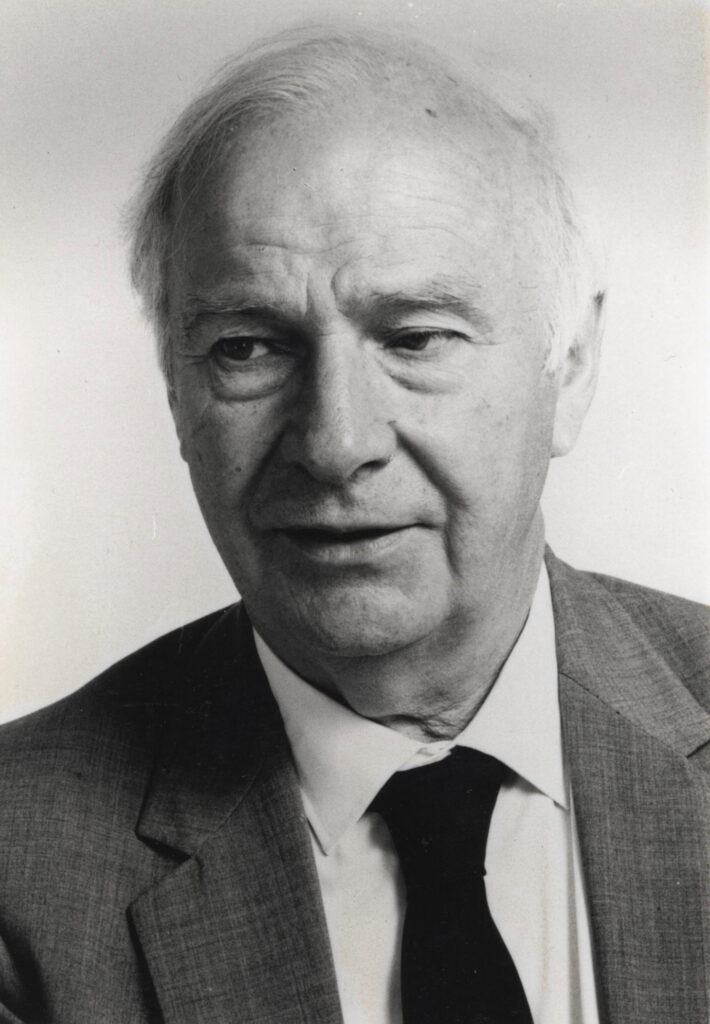Hopkins
Inventor of fibre optics and the rod lens system.
Harold Hopkins (1918 – 1994) was born in Leicester, UK, the son of a baker, he won a scholarship to the local technical college and from there, with another scholarship, he entered University College Leicester; he graduated in Physics and Mathematics in 1939.
Hopkins began working in optics for companies making lenses. He was awarded a PhD in 1945 and joined Imperial College, London, in 1947 as a Research Fellow. In 1967, he took the first Chair of Optical Physics at the University of Reading.
In 1951, Hopkins met a gastroenterologist called Hugh Gainsborough, who was complaining about the inadequate instruments available to view the stomach lining. Hopkins applying the principle that light shone onto the end of a glass fibre surrounded by air (or any medium with a refractive index lower than glass) will bounce down that fibre with only a small loss in intensity and came up with fibre optics. In 1954 Hopkins and his research student Narinder Singh Kapany (1926 – 2020) published their idea in a letter in Nature detailing a bundle of 0.025mm glass fibres able to produce the first legible image with their new “Fibrescope”. Sadly because of lack of backing and thus funds, Hopkins never got his fibrescope into production and it was a South African, Basil Hirschowitz who made the first flexible fibreoptic gastroscope using Hopkins’ idea.
In 1957, he was approached by Jim Gow (1917 – 2001), a urologist from Liverpool, UK, who was frustrated by the difficulty of photographing bladder tumours via a conventional cystoscope. The main problem was the lack of illumination. Hopkins’ solution was to redesign the lens system. The conventional lens system had a series of glass lenses arranged one behind the other with large air gaps between. The rod lens system reversed this with long glass lenses and small air gaps. Glass is a better conductor of light than air and less air – glass interfaces reduced scatter. This combined with a double anti-reflective coating increased light transmission by 80 times.
Hopkins collaborated with German instrument maker Karl Stortz (1911 – 1996). they used Storz’s cold light source and Hopkins rod lens to launch the Rod Lens cystoscope in 1967. Although neither of them were urologists, the Hopkins lens and the Stortz cold light system revolutionised endoscopy and urology.





